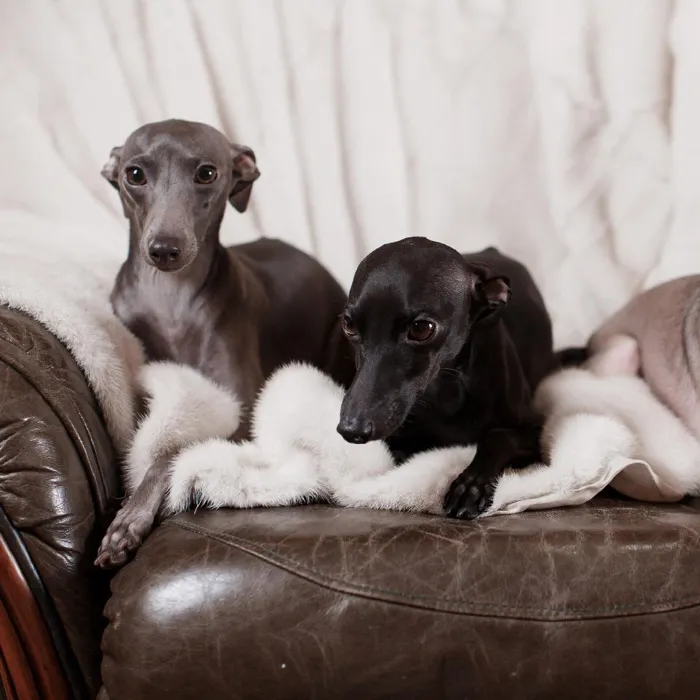Greyhound

The champion sprinter of dogdom, the Greyhound is a gentle, noble, and sweet-tempered companion with an independent spirit. For thousands of years these graceful hounds have been an object of fascination for artists, poets, and kings.


Ask About Greyhound ?
Breed Traits
Pet traits are ranked on a scale of 1 to 10 with 1 being the lowest and 10 being the highest.
Group
Hound
Temperament
About
History
Standard
Nutrition
Grooming
Exercise
Training
Health
Head
Long and narrow, fairly wide between the ears, scarcely perceptible stop, little or no development of nasal sinuses, good length of muzzle, which should be powerful without coarseness. Teeth very strong and even in front.
Ears
Neck
Shoulders
Forequarters
Chest, back, loins
Hindquarters
Feet
Tail
Coat
Color
Available Puppies
All pets have found there homes! Sign up to be notified when new pets are added so you don't miss out.


